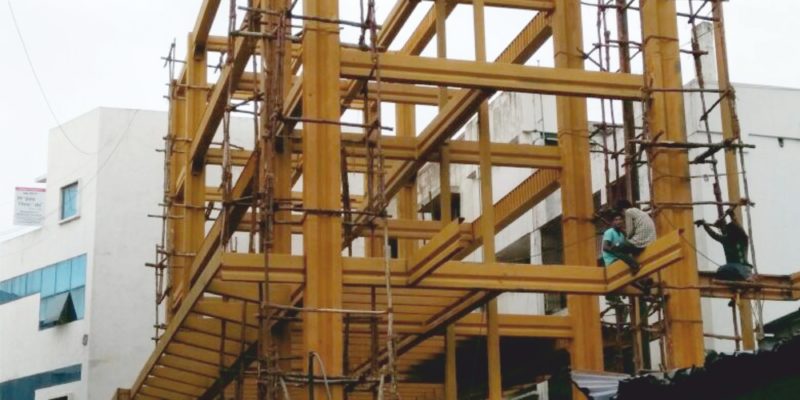
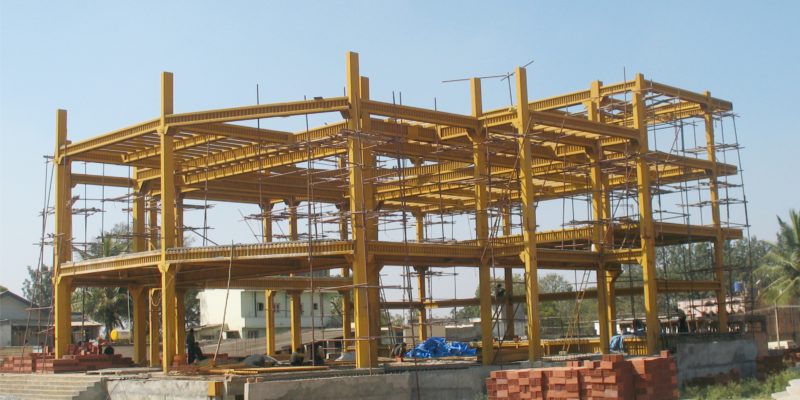

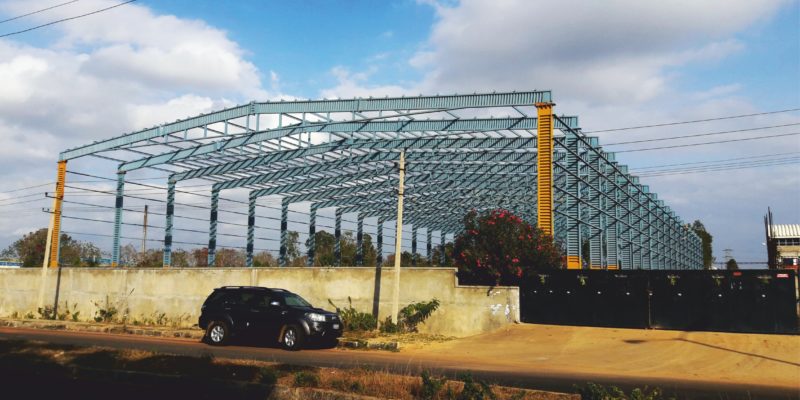
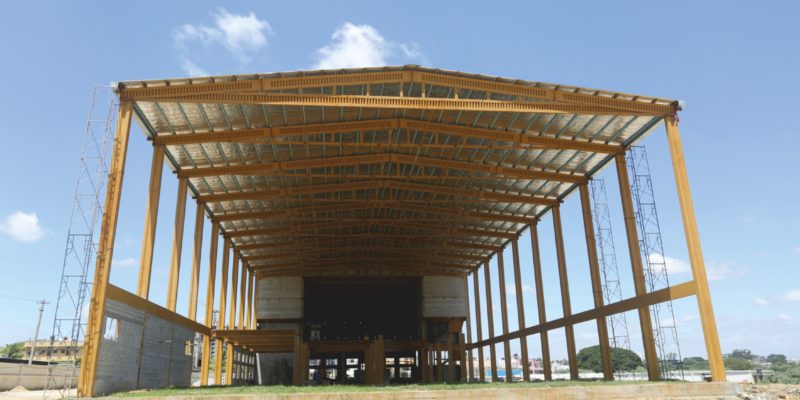
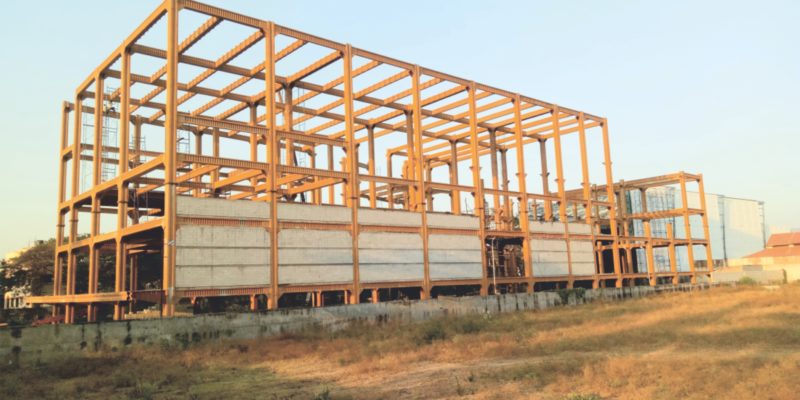
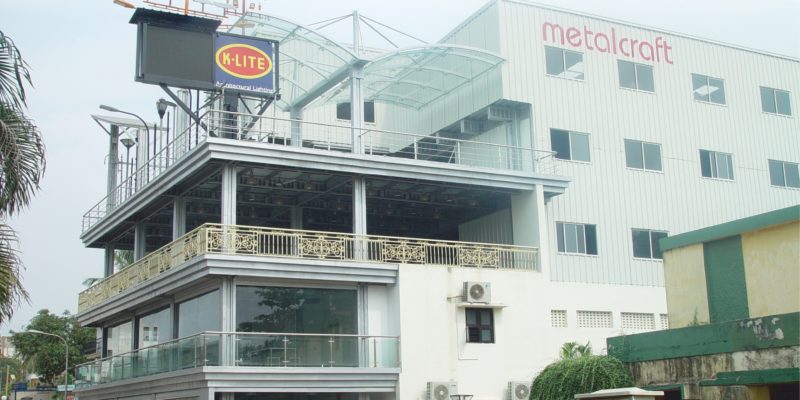
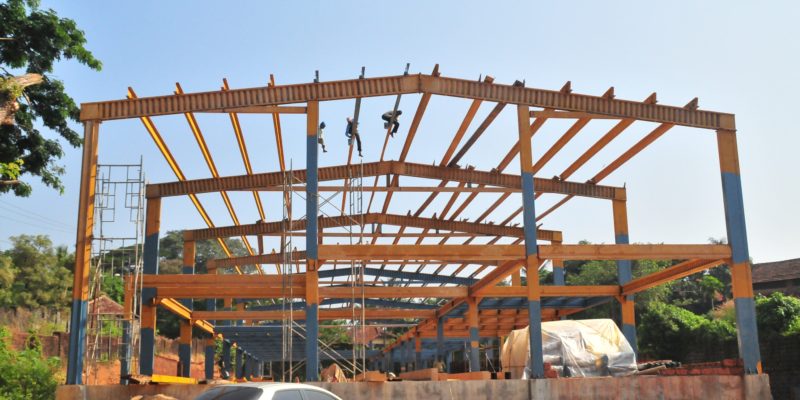
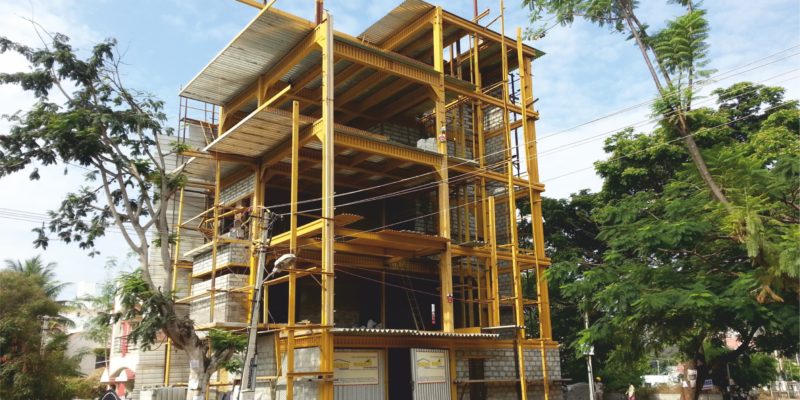
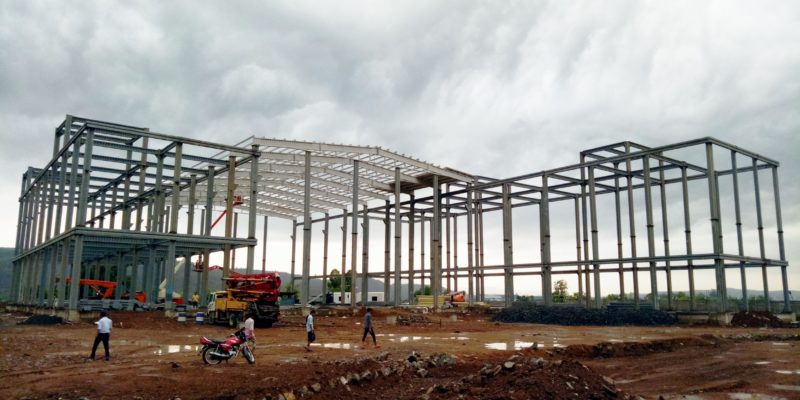
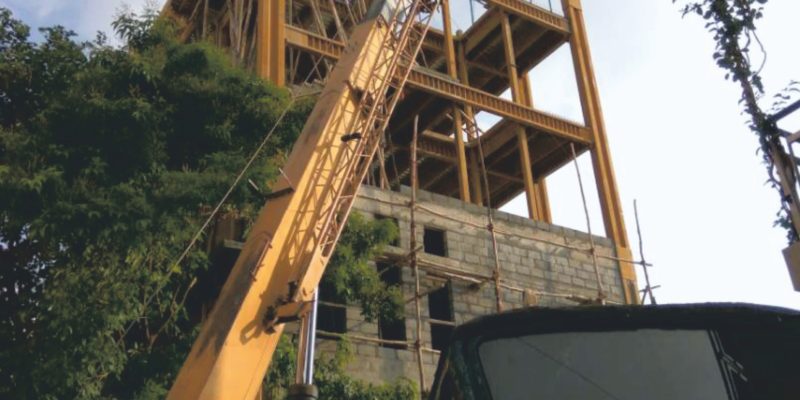
Latest Project

History & origin of steel structures
The journey of steel started in the late 1700s when the British began using steel structures. The need was driven mainly out of the fireproof property of steel structures. With time, by the late 1800s, steel began to be increasingly used for a number of metal building construction purposes.
The early 1900s especially saw the number of skyscrapers in cities like Chicago that used steel as their basic supporting structure. Thus steel entered a new era in the real properties of steel like strength, stability and durability could be exploited to make metal building thought to be a figment of imagination just a few years ago.
Today, with advances in manufacturing, steel is entering another phase where it is able to provide the highest quality of buildings in terms of strength, the best levels of customisation and at affordable prices. This seems like the magic material that buildings have been looking for ages.
In steel structure design we follow, design principles of World Codes. We create structural plan before execution which is elaborately illustrated with 3D images with the help of computer aided design.
Structural Analysis
The loads are defined and design is laid out, structural analysis would be performed to determine internal forces that will be produced in various members of the framework. Assumptions would be made to be ensuring that structural behaviour in reality and also in hypothetical situation.
The load analysis – Dead load, Live load, Mean return period Recurrence interval, Live loads for various occupancies, reduction in basic design live load, Impact load and Wind load Factor of safety – The development of design specifications to provide suitable values of the margin of safety, reliability and probability of failure would be taken into consideration the following factors.
- Variability of the material with respect to strength and other physical properties
- Precision with which internal forces are calculated
- Possibility of corrosion
- Extent of damage, loss of life
- Operational importance
- Quality of workmanship

